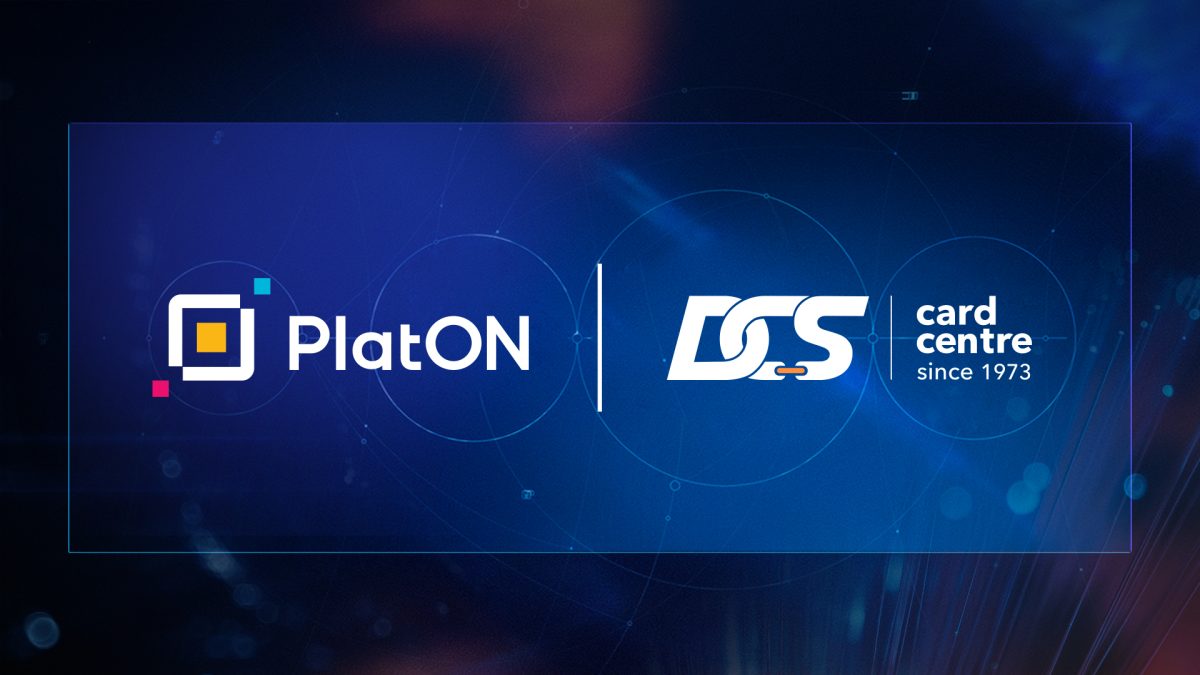What are crypto trading bots and what are they used for?


In the world of cryptocurrency trading, bots have emerged as powerful tools to automate and optimize trading strategies.
Crypto trading bots are programmed software tools that buy and sell cryptocurrencies based on predetermined parameters, aiming to generate profits. They leverage market data such as price, volume, orders, and timeframes to fine-tune their operational parameters and align them with specific trading strategies.
This automation allows bots to trade 24/7, eliminating the need for constant human monitoring and intervention. One of the key advantages of using trading bots is their ability to remove emotional bias from trading decisions. Human traders are often influenced by emotions like fear and greed, which can lead to irrational decisions.
Trading bots operate purely on pre-set logic, thereby ensuring that trading decisions are based on statistical data and not emotions. They also increase transaction speed and have the capacity to analyze vast amounts of data simultaneously, attributes that are crucial in the fast-paced crypto market.
Despite their advantages, it's important to understand that trading bots are not a guaranteed path to profit. They require regular monitoring and tweaking for optimal performance. Market conditions can be unpredictable, and while bots can react quickly to changes, they might not always be able to effectively handle sudden market crashes or spikes.
Additionally, setting up and configuring a trading bot requires advanced technical knowledge, and there are potential security risks as they require access to your crypto exchange account.
How bots automate trading processes in crypto markets
Crypto trading bots function by utilizing pre-configured parameters to make trading decisions.
These parameters could include market indicators like moving averages, relative strength index (RSI), and others. They could also be based on trading volume, price, time frame, and order book data. Once these parameters are set, the bot ceaselessly monitors the market, ready to execute trades when market conditions align with the pre-set parameters.
Consider an example where a bot is programmed to use a strategy based on the moving average crossover, a common technical analysis indicator. In this case, the bot would be set to buy when a fast-moving average (e.g., over 10 time periods) crosses above a slow-moving average (e.g., over 50 time periods), and sell when the opposite occurs. This way, the bot is constantly monitoring the price and calculating the moving averages, automatically placing buy or sell orders when the conditions are met.
Automation of trading processes by bots is not limited to basic strategies but extends to more complex ones too. From trend trading, arbitrage, scalping to momentum trading and more, bots can be programmed to execute a wide range of strategies. This automation is especially beneficial in the 24/7 cryptocurrency market, allowing for round-the-clock trading without human intervention.
Common types of bots used in the crypto industry
There are several common types of bots utilized in the cryptocurrency industry that cater to different trading strategies and objectives.
Trend trading bots, for example, are programmed to follow trend lines, buying when the price is on an uptrend and selling when it's on a downtrend.
Mean reversion bots, on the other hand, operate on the statistical probability that the price of an asset will revert to its mean over time. If the price deviates significantly from the mean, the bot will make trades assuming the price will return to the mean.
Another type of bot is the arbitrage bot, which capitalizes on price differences between different markets. For instance, if a cryptocurrency is being sold for a higher price on one exchange than another, the bot can buy the cryptocurrency from the cheaper exchange and sell it on the more expensive one for a profit.
Market-making bots, meanwhile, create buy and sell orders to profit from the spread between the two. These bots typically operate on low-volatility, high-volume cryptocurrencies.
Scalping bots are designed for high-frequency trading, aiming to profit from small price changes. This strategy requires a bot due to the high speed of trading that can be difficult for a human to execute effectively.
Breakout strategy bots identify when the price breaks out of a defined range and will enter a trade when it identifies a breakout.
Reversal trading bots, in contrast, identify when a cryptocurrency's price is about to reverse direction. Some bots are programmed to scan news headlines for information that might impact the price of a cryptocurrency. For example, if a bot detects news of a major partnership involving a particular cryptocurrency, it might buy that cryptocurrency expecting its price to rise.
Finally, Dollar-Cost Averaging (DCA) bots invest a fixed dollar amount in a specific cryptocurrency at regular intervals, regardless of the price, aiming to purchase the cryptocurrency at an average cost over time.
Disclaimer: This article was produced with the assistance of OpenAI’s ChatGPT 3.5/4 and reviewed and edited by our editorial team.
© 2023 The Block. All Rights Reserved. This article is provided for informational purposes only. It is not offered or intended to be used as legal, tax, investment, financial, or other advice.
